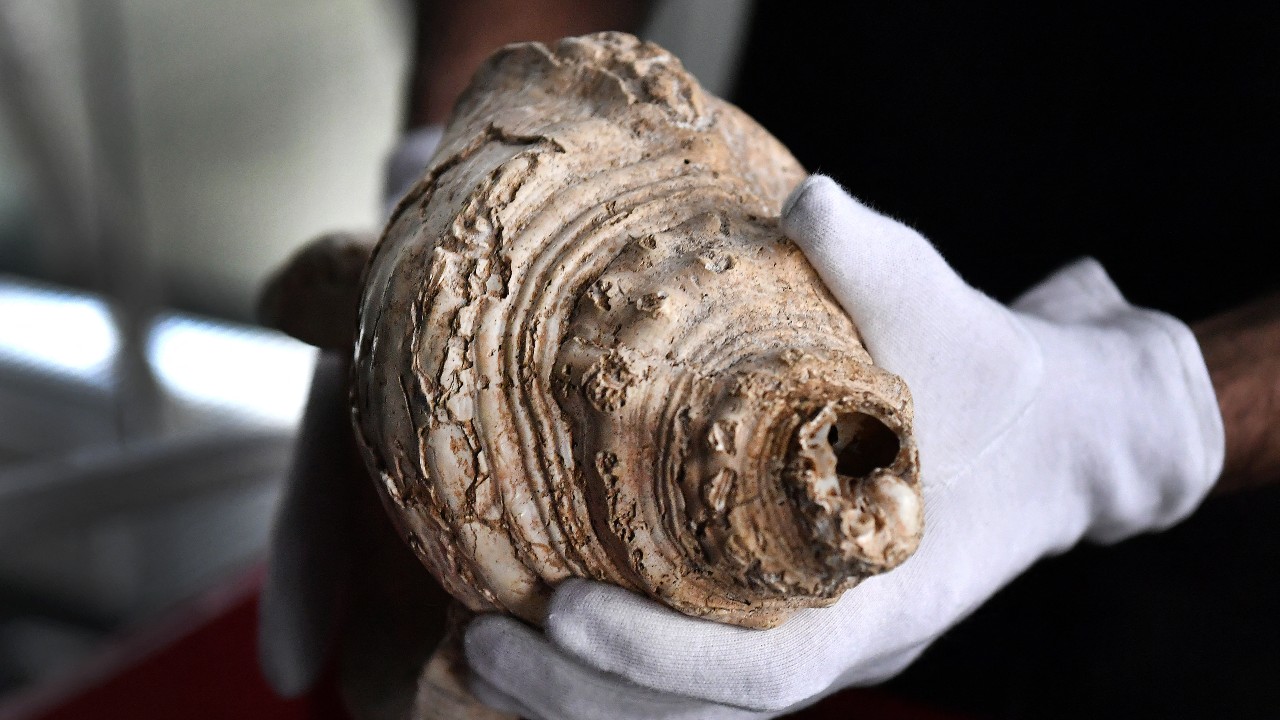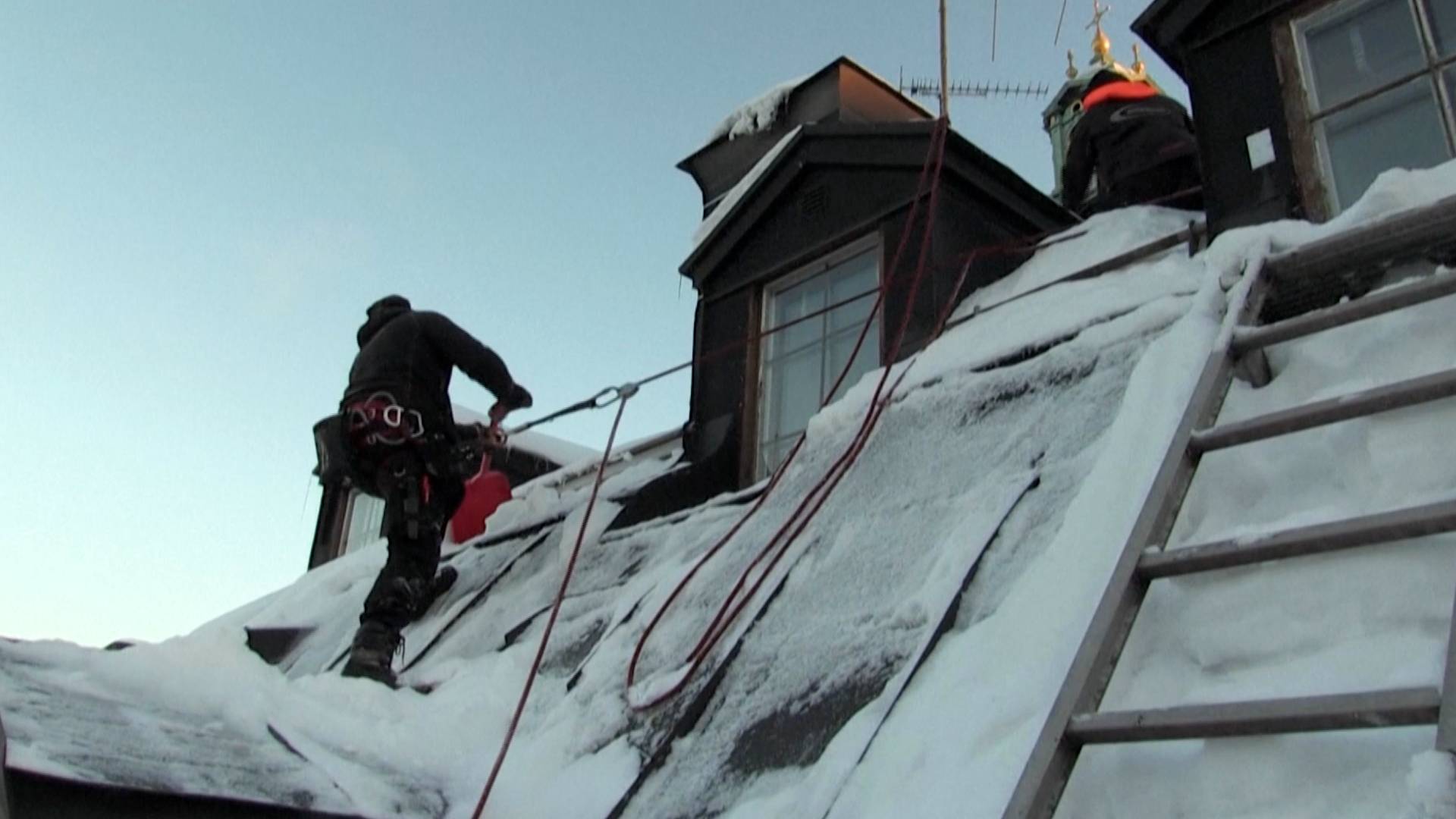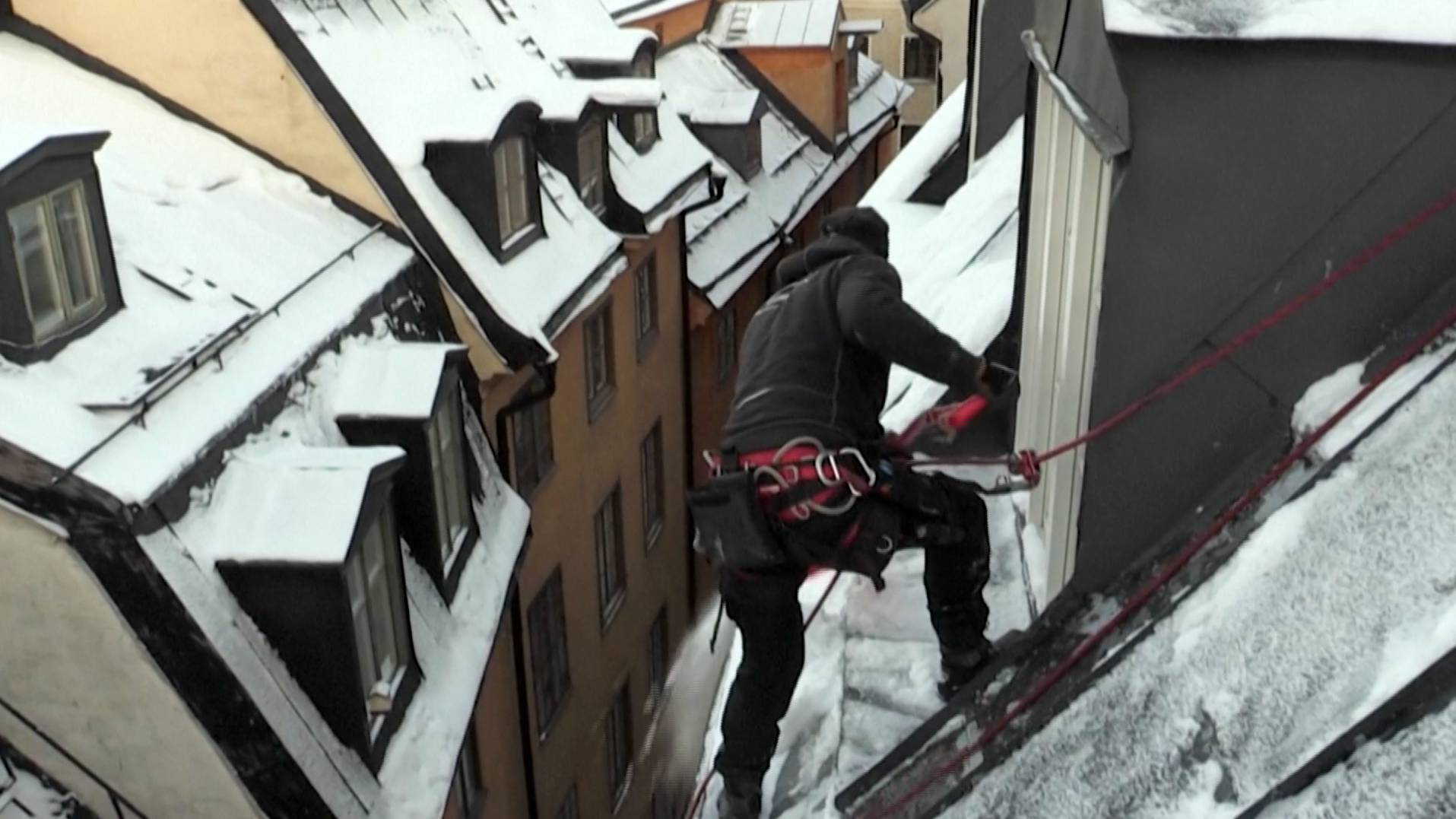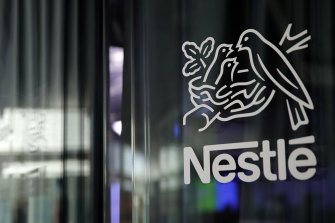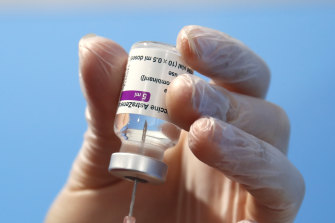By Emmanuel Young Updated by James Hydzik13 February 2021
IN BRIEF
Morgan Stanley investment arm Counterpoint Global is considering a move into Bitcoin.
The established and emerging businesses investor is worth over $150 billion.
A move from the arm would require the approval of both regulators and Morgan Stanley itself.

A famed $150 billion investment arm of the American bank Morgan Stanley is considering adding Bitcoin to its list of hedges.
Stanley Wants a Piece
According to a report by Bloomberg, an investment unit of Wall St. giant Morgan Stanley is considering adding Bitcoin to its portfolio pending an exploration of client needs.
The investment arm, called Counterpoint Global (CG), is worth over $150 billion and became famous in the mutual-fund world for its record of successful performance in the space.
In order to move forward with any investment in the top cryptocurrency, CG would need approval from Morgan Stanley and regulators.
However, if CG did go ahead, it would essentially mean that Morgan Stanley approves of an investment in the volatile cryptocurrency.
Counterpoint Global invests primarily in established and emerging companies of all sizes in the United States. It also invests in “large-cap” companies globally.
Wall St. Institutions Attack
Indeed, Morgan Stanley’s approval of Bitcoin would now not be considered an outlier. The Bloomberg report follows the news that BNY Mellon, another Wall St. giant, is launching cryptocurrency custody services for its clients.
The 247 year old banking giant has $2.2 trillion in assets under management, with over $41 trillion in custody. Its founder, Alexander Hamilton, also adorns the $10 bill.
If ever there was an embodiment of traditional banking, it would be BNY Mellon, and they now seemingly support cryptocurrencies.
Moreover, globally, a number of the oldest banks in the world are following suit. Italy’s largest bank, Banca Generali, revealed plans last year to offer cryptocurrency custody as part of its efforts to serve clients interested in the industry.
Additionally, cryptocurrencies were the hottest topic in finance at the establishment-laden World Economic Forum meeting in Davis this year.
The Market Grows
All of this comes as the cryptocurrency market continues to grow, with interest coming from every direction, including institutions.
Early last week, Tesla revealed a $1.5 billion Bitcoin purchase in a filing made with the Securities and Exchange Commission. This prompted the top cryptocurrency to break out of a week of ranging, soaring past $42,000.
Currently, Bitcoin is settling at $47,300, just $1000 away from its all-time high. The total cryptocurrency market capitalization is also at a record high, hovering at $1.49 trillion.
As we welcome BNY Mellon and potentially Morgan Stanley by proxy, expect the optimism behind these record performances to continue.





